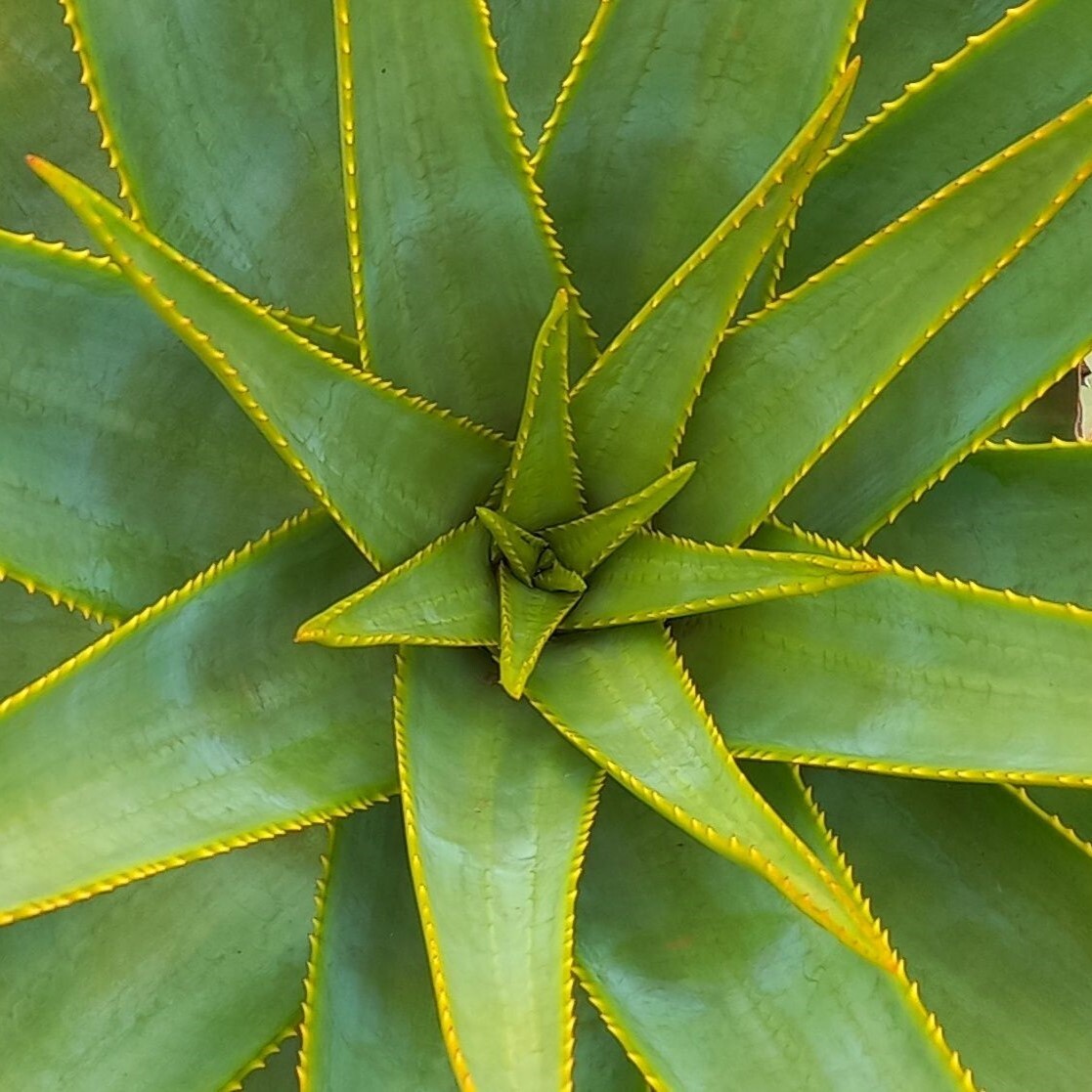
Alomac® is Aloe macroclada gel, manually extracted and dried using Refractance Window Drying then milled. Particle size distribution data available for each Lot. All Alomac Lots include a Certificate of Analysis.
|
Physical Test |
Method |
Release Limits |
Test Results |
|
Appearance |
Visual |
Light beige to brown chips |
Pass |
|
Odor |
Olfactory |
Characteristic |
Pass |
|
Analyses |
Method |
Release Limits |
Test |
|
Aloins (1X ppm) |
Internal HPLC H075 |
<10.0 ppm |
Complies |
|
Polysaccharides (% w/w) |
Internal HPLC H087 |
For Information |
20% |
|
Moisture (% w/w) |
AOAC 926.08 |
< 5.0 % |
Complies |
|
Microbial |
Method |
Release Limits |
Test |
|
Total Microbial Count |
USP/NF,61 |
<1000 cfu/g |
Complies |
|
Yeast and Mold |
USP/NF,61 |
<1000 cfu/g |
Complies |
|
E.Coli |
USP/NF,61 |
Negative |
Complies |
|
Salmonella |
USP/NF,62 |
Negative |
Complies |
|
Staphylococcus Aureus |
USP/NF,62 |
Negative |
Complies |
|
Heavy Metals |
Method |
Release Limits |
Test |
|
Lead |
ICP/MS |
Total of heavy metals |
<0.001 ppm |
|
Mercury |
ICP/MS |
not to exceed 10 ppm |
<0.5 ppm |
|
Cadmium |
ICP/MS |
and no single metal |
<0.001 ppm |
|
Arsenic |
ICP/MS |
to exceed 5 ppm |
<0.01 ppm |
Moisture analyses are performed at the production facility in Antananarivo, Madagascar. Extracted Aloe macroclada gel is ~98.5% water, containing ~1.5% solids. All other tests are performed at CEAMED. No affiliation with Mioty Voajanahary:
Centre Atlantico del Medicamento, S.A Phone : 822 102 653
Avinida Trinidad 61 Email:
ceamedsa@gmail.com
7a Planta torre Augustin Arevalo.
gmcsmith@ceamedsa.com
38204 La Laguna San Cristobal de la Terrife
Canary Island – SPAIN
Every Aloe macroclada leaf received is inspected prior to processing and unacceptable leaves rejected.
Following washing and sterilizing in a hypochlorite bath, the leaves are allowed to dry on open racks. Following
the hypochlorite wash step, the facility is designated as clean. All employees wear masks, hairnets, aprons and
gloves in the clean areas.
Manual extraction of the gel allows for skilled removal of the gel fillet while minimizing aloin inclusion into the
gel. This results in Alomac having a very low aloin content (<10ppm) without any treatment. Manual extraction
also allows for continual monitoring of leaf and gel quality.
Extracted Aloe macroclada gel is treated with 0.5% citric acid as a preservative during the initial blending
process. No enzymatic digestion of lignins is performed to preserve the polysaccharides, which average >25%.
After passing through an in-line, multi-step homogenizer the gel is dried using Refractance Window Drying. This
drying method minimizes drying times and minimizes degradation of Alomac, specifically the polysaccharides,
during drying.
Alomac is vacuum sealed in 1.5kg quantities in thick-walled polypropylene bags and labelled with the
production date, expiration date, production location, Lot number and bag number. Each Lot of material is
tested by a third party for microbials, yeast and mold (as described above) and other parameters. Five years of
stability (at a minimum) has been demonstrated. Heavy metals and pesticides/herbicides have always been
found to be well below acceptable limits.
Production is performed following written Standard Operating Procedures which includes recordkeeping from
leaves in the field to export of final product. Mioty Voajanahary's facility makes every attempt to operate as a
Good Manufacturing Facility, following FDA and EMA Guidelines. The facility has not been audited by either
agency. Mioty Voajanahary welcomes inspections.
